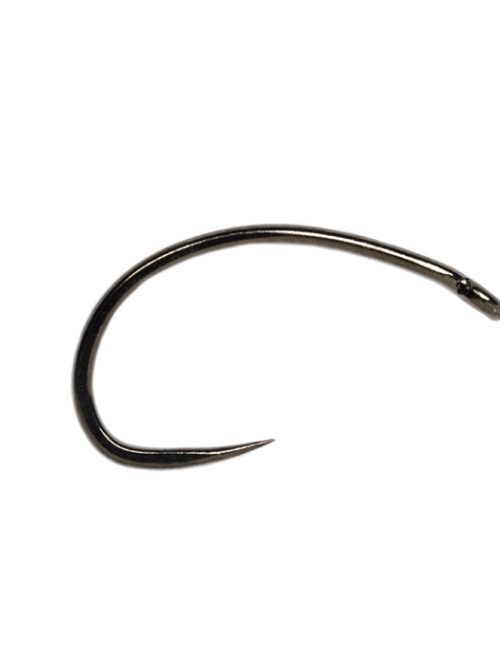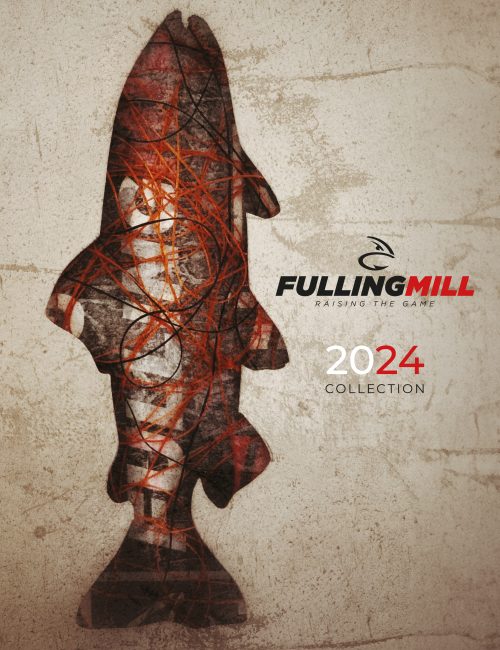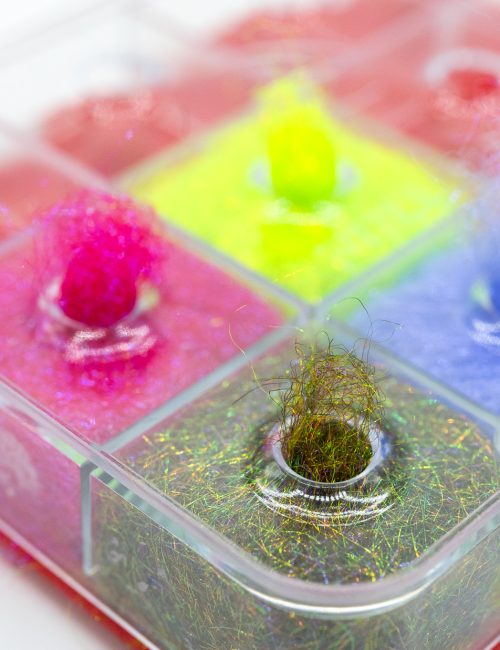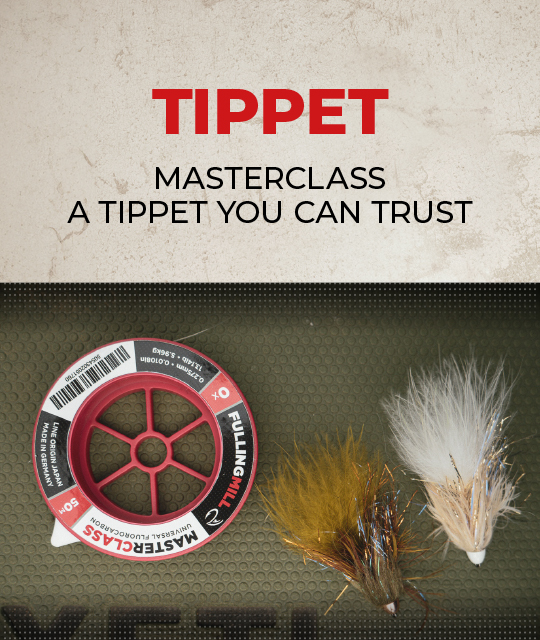Atlantic salmon, a fish that divides modern angling perceptions and even two Jardines. My father, Charles, has always been an avid trout and grayling angler as well as enjoying the tropical saltwater flats but has always given salmon a miss. Whilst I too enjoy the delights of trout and grayling fishing, I have branched out in search of salmon both at home and abroad.
My salmon fishing journey, as it is for so many, has been one of mixed successes, from missing the only take of the year in Scotland through to bumper weeks in Iceland. I have found the journey fascinating and frustrating. With trout and grayling, you know when you are doing something right or wrong because the fish respond. With salmon, there are so many other factors at play, and the most important of all is that salmon do not feed in freshwater…
So here is the question, how does one induce a fish that does not feed to eat a salmon fly? There are any numbers of theories regarding fly sizes, colours, weights and even magical materials and I do not profess to have in any way cracked the salmon code but below I will give a brief insight into the salmon flies I find most successful.
Salmon flies for English Chalkstreams
Starting closest to home, chalkstream salmon fishing is unique in as much that by the time the salmon enter the clear waters in good numbers luscious beds of weed have sprouted making a swung fly nigh on impossible. Instead, an angler’s best approach is to either sight fish or focus on likely holes using heavy nymph style patterns, more akin to fishing a prawn than a traditional fly. I have found that salmon appear to respond better to nymphs with a bit of flash, often oversized grayling patterns. My go-to fly is a JW Nymph in black, although I always carry a range of colours.

The fly is fished by casting upstream of the target fish, allowed to sink down to the bottom. Once the fly is about 3 feet away from the fish, you should raise the rod tip slowly, this will move the fly up and away from the fish often provoking an aggressive response. This style of fishing is hugely exciting and visual.
Salmon fishing in Scotland and Wales
With all the advances in salmon flies and materials, it is easy to find yourself in a sea of indecision when selecting a fly. In reality when on the banks of any Scottish or Welsh river there is really only one fly to select and that is the Ally Shrimp or variant. My preference is for the Ally Shrimp Cascade fished in a variety of sizes it is a great choice in most water conditions. The burnt orange and yellows seems to hold colour in the dark waters of a falling river, naturally, tea-stained water and the black wing offers a defined outline in the early mornings and late evenings during summer weeks.


Salmon flies for Iceland
There are a number of flies that could easily be included for Iceland from the Red Francis to the Night Hawk but there is one fly that I will never leave home without and that is the Haugar Hitch Tube. Iceland salmon fishing is great for many reasons, clear water, numbers of fish, but for me above all is the ability to bring salmon to the surface. Maybe it is my trout fishing background but watching a fish break the surface on your fly is one of the most exhilarating experiences.

To fish the hitch effectively, the cast should be made on a 45-degree angle. Once the fly lands, the rod tip should be raised slightly, this will speed the fly up making it skate across the surface. The small ‘V’ wake made by the fly can look lost on the water but it somehow has the ability to agitate salmon from even the deepest part of the river to come up and splash at the fly.

Salmon fishing in Norway
The land of big and aggressive salmon, this is a place where if you are not getting takes you are often fishing salmon flies oo slowly. Speed and fly movement can be key and with that in mind, my go-to pattern is the RS Tungsten Temple Dog Black & Red. This fly offers a big profile and the fur wing pulses as it swings through the water.

When fishing for salmon early in the season, it is common to fish as big a pattern as possible, even at times putting two tubes together, but as the season progresses into late summer and water levels drop, tiny micro versions can be hugely effective.
One Fly Only
If you were to come to me and ask for my one fly to carry to all salmon rivers around the world, there are several I could choose but based on its all-round success the fly I would have to choose would be the Laerdal Sunray Shadow Original. Whilst all of the flies mentioned would have a place in my box, when the fishing gets tough the Sunray gets chosen.

Whether it is the sheer size of the fly and the high speed that it is fished at or if it is the similarity to the salmon’s food source at sea I am not sure, but it often has an immediate response when used. I prefer to fish a Sunray on a single-handed rod, placing my cast 90 degrees across the pool and then immediately beginning a long steady strip. Salmon will often come and investigate the fly by splashing on the surface. Once this has happened there is a good chance of picking the fish upon a second run down the pool with a smaller salmon flies.
Whilst the patterns mentioned above are hardly groundbreaking in their selection, one important note would be, to not be afraid to fish smaller. Often we are reluctant to tie on smaller flies when fishing for a big fish in an even bigger river, but that can be the difference between success and failure. Next time you are on the water and you are selecting a fly just try the next size down…
Check out this great video from Alex talking about his top 10 salmon flies!






